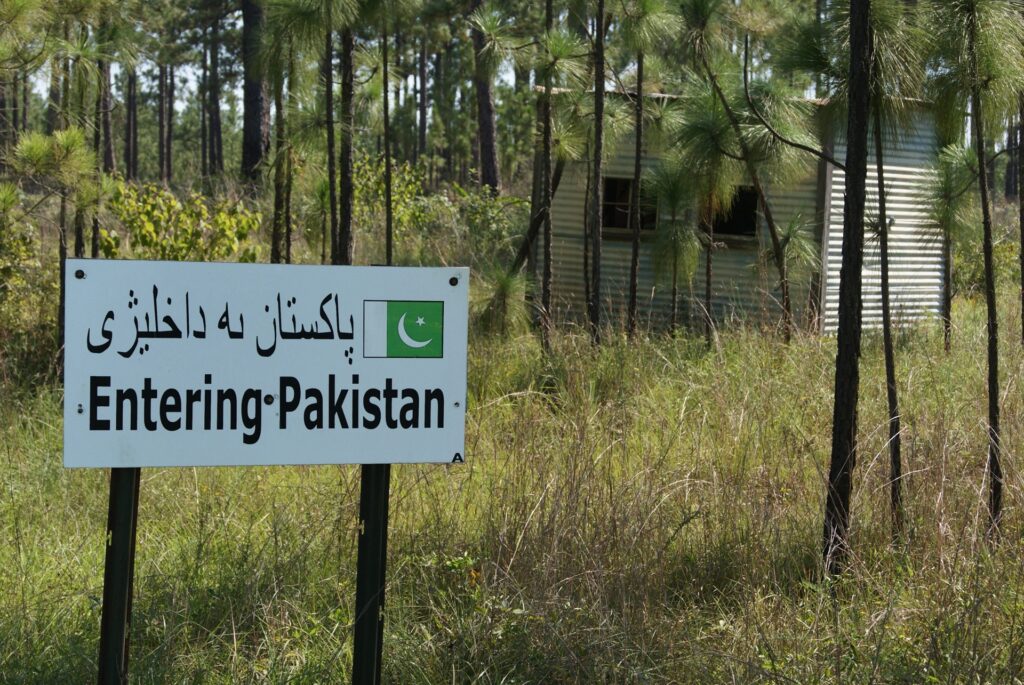An Empirical Analysis of Pakistan
Literature Review
Theoretical Background:
The whole research revolves around how external resources affect the economic growth of Pakistan. The GDP is mainly influenced by three capital factors that are foreign direct investment, remittances, and imports for the prospective of Pakistan. Foreign direct investment is taken into account one amongst the foremost effective external resources that directly have an effect on the economy, notably, in developing countries (Villaverde & Maza, 2014). Foreign investments not solely increase capital formation, however, they conjointly bring technology, expertise, infrastructure, and alternative advantages. After FDI, remittance is the core external resource that enhances the economy. Import is another external issue that directly or indirectly advantages the economy. The free flow of trade raises economic process likewise as contribute to the reduction of financial condition (Manni, Siddiqui & Afzal, 2012).
Empirical studies:
Yang (2012)
Yang (2012) investigated the determinants of Aggregate Savings and External Imbalances in China. To achieve this purpose, firstly, the author focused on some range of factors that encouraged savings through the corporate sector, government sector, and household sector, for instance, policies that effected sectorial income distribution, accompanied by factors alike incomplete social welfare reforms, and population control policies. Secondary data was analyzed on Capital and financial account, Portfolio, and other investments, and direct investment from 1985 to 2010. In conclusion, the author recommended some policy reforms for rebalancing the Chinese economy focusing on “rebalance” China’s economy to adjust the sectoral distribution of income away from the corporate and government sectors and shift toward the household sector.
Yusuf, Malarvizhi, Mazumder, and Su (2014)
Numerous studies have been conducted that highlight the relationship between corruption and poverty with economic growth. In the other study, the authors find out the negative and significant effect of poverty and corruption on the economic. A case study in Nigeria conducted by Yusuf, Malarvizhi, Mazumder, and Su (2014) revealed Corruption, Poverty, and Economic Growth Relationship in the Nigerian Economy. All data was used for the period from 1970 to 2011. To obtain the results, the co-integration test was employed to test the causality with the vector error correction model (VECM). The results indicated a long-run relationship between corruption, economic growth, and poverty in Nigeria.
Laan, Cunha, and Alves (2010)
Laan, Cunha, and Alves (2010) conducted an analysis of External financial liberalization and growth in emerging countries: a panel data estimation using a new index (1990—2004). First, the authors present an alternative methodology to measure monetary liberalization, supported by the International Monitoring Fund (IMF) annual reports because of the reliable supply of information. Second, the authors use panel data of relevant rising countries in the geographical region and East Asia, as well as the new proxy to check its effects on the economic process throughout the recent era (1990-2004). Findings, the link between monetary liberalization and economic growth may not be as strong as could also be supposed in theory.
Arif, Khan, and Raza (2018)
Arif, Khan, and Raza (2018) investigated External Resources and Economic Growth: An Empirical Analysis of South Asian Countries. During this study, the authors aim to analyze the role of three necessary external resources on the economic process of four leading South Asian countries. Secondary data from 1983 to 2014 was studied. Empirical analyses applied in two phases. First, the authors checked the combined impact by the CD check, CIPS, Pedroni, and Westerlund panel co-integration, pooled mean cluster (PMG) framework, and Heterogeneous non-causality check.
Within the second part, authors compared the regional and country-wise estimations using ARDL bound testing, Granger causality. Results recommended that remittances play an important role within the economic process of chosen South Asian countries, whereas, imports and foreign direct investment found to be insignificant. Also, whereas evaluating a similar model for the individual countries additionally reveal that remittances considerably contribute to the economies of Pakistan and Sri-Lanka and imports found to be negatively connected with the economic process within the same economies. However, imports showed a robust relationship with the economic process of Bangladesh.
Neanidis (2012)
Neanidis (2012) investigated the Humanitarian Aid, Fertility and Economic Growth. This paper examines the impact of humanitarian aid on fertility and the economic process. Humanitarian aid influences the chance of survival to adulthood, health in childhood, and also the time that adults assign to childrearing, giving rise to AN ambiguous impact on each fertility and growth. AN empirical investigation for the amount 1973-2007 suggests that humanitarian aid has on average a zero impact on the rates of fertility and of per capita output growth.
Creasey, Rahman and Smith (2012)
Creasey, Rahman and Smith (2012) Growth Inputs: From Human Capital To Nation Building; Nation Building and Economic Grow. This paper makes an attempt to answer the subsequent three queries relating to the expansion effects of nation-building operations. Will the joint provision of economic and military help facilitate a rustic grow once it’s entangled in conflict? Will such joint provision facilitate a rustic grow within the direct aftermath of conflict?
And at last, area unit there specific sorts and mixtures of military and economic help that area unit additional contributory to growth? Estimating the degree of complementarity between economic and military aid through empirical observation is especially revealing since, on paper, the consequences of their interactions area unit ambiguous. Military and aid in joint provision might bolster growth through a range of complementary channels. One might boost outlay whereas the opposite might boost security, each doubtless in larger would like throughout times of war.
Elhiraika, Aboubakar, and Muhammad (2014)
Elhiraika, Aboubakar, and Muhammad (2014) conducted research on Promoting Manufacturing to Accelerate Economic Growth and Reduce Growth Volatility in Africa. This paper examined the role of economic transformation within the variety of hyperbolic producing share in mixture output in fast growth and reducing growth volatility in Africa. Utilization crosswise time-series, the paper examined the key determinants of growth within the share of producing output in mixture output and its relationship with real value growth and growth volatility. Results of system GMM estimation indicated that real value growth and domestic investment among the key drivers of growth within the share of producing output in total output which growth within the latter has, in turn, the potential to boost value growth and cut back growth volatility.
MCLEAN and ZHAO (2014)
MCLEAN and ZHAO (2014) investigated The Business Cycle, Investor Sentiment, and Costly External Finance. The recent monetary crisis shows that monetary markets will impact the important economy. The author investigated whether or not access to finance generally time-varies and, if so, what square measure the important effects. Share issuing plays a much bigger role than debt issuing in inflicting these effects. Various tests result that low confidence in the economy and income sensitivities lead to recessions and low sentiment increase external finance prices, thereby limiting investment and employment.
Fayissa and Nsiah (2013)
More and more, economists and policymakers are recognizing the importance of governance and establishments for economic process and development. Fayissa and Nsiah (2013) investigated the Impact of Governance on Economic Growth in Africa. Sub-Sahara African countries have had a checkered past once it involves smart governance and establishments. The New Partnership for Africa’s Development (NEPAD) has four main goals: eradicating poorness, promoting property growth and development, desegregation Africa into the world’s economy, and fast the management of ladies. Results counsel that smart governance or lack therefrom contributes to the variations within the growth of African countries. What is more, the results indicate that the role of governance on the economic process depends on the extent of financial gain.
Tang (2010)
Tang (2010) contributed to investigate The Positional Market and Economic Growth. In addition to the fabric market, there’s conjointly a point market in human society. The channel of social quality – the institutional system that regulates the performance of people and teams within the point market – may be a crucial dimension of the general institutional foundation of the economic process as a result of it underpins the motivation structure within the point market. Most significantly, understanding the link between the target market and the economic process makes it clear that states ought to attempt to eliminate institutional discrimination.

